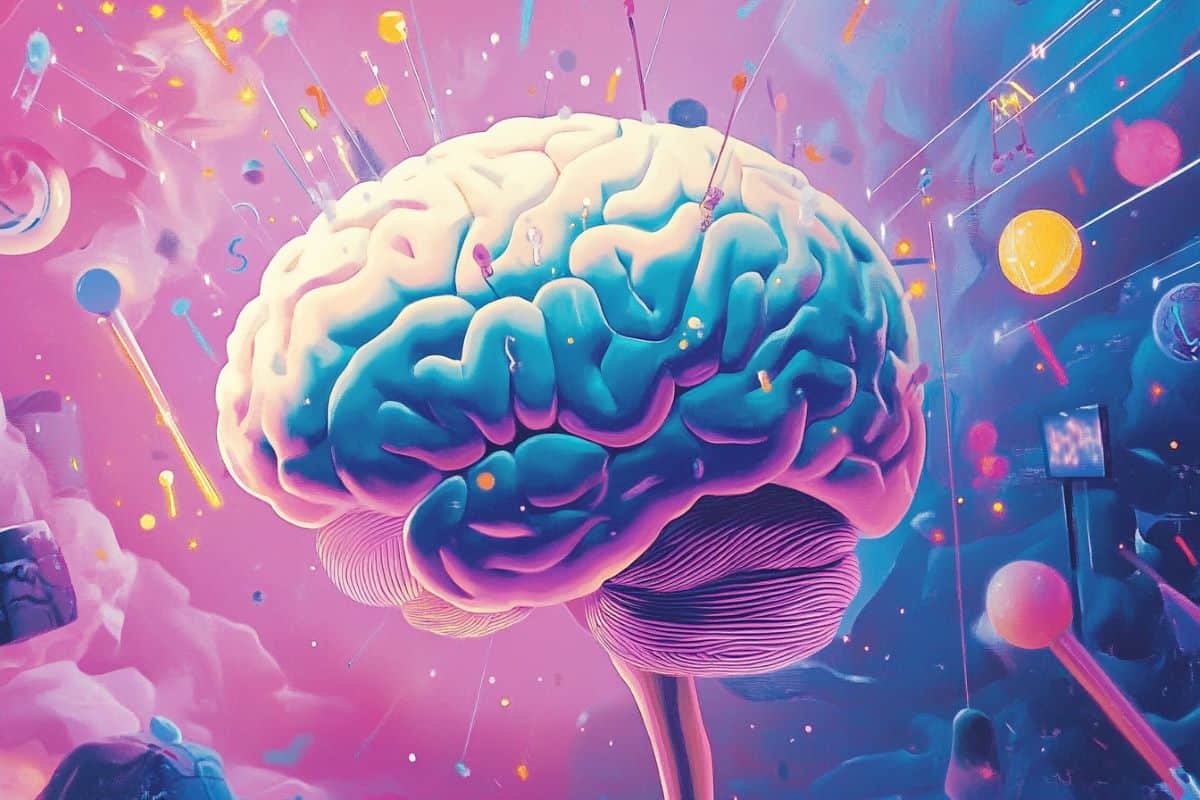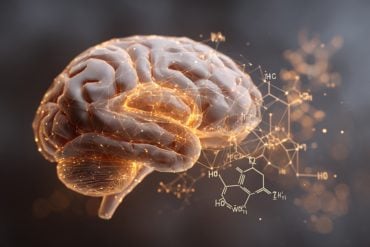Summary: A new study reveals how interneurons, brain cells that regulate the firing of other neurons, act as traffic controllers in the hippocampus, a region critical for learning and memory. Researchers found that activating a single interneuron triggered synchronized brain cell activity during rest, potentially aiding memory formation.
This discovery highlights how interneurons influence brain rhythms and suggests their dysfunction may contribute to disorders like epilepsy, autism, and schizophrenia. These findings could lead to targeted therapies for neurological conditions linked to abnormal brain rhythms.
Key Facts:
- Activating a single interneuron triggers synchronized brain cell activity.
- Interneurons regulate brain rhythms critical for learning and memory.
- Findings could inform treatments for epilepsy, autism, and schizophrenia.
Source: Durham University
A study led by Dr. Marco Bocchio in the Durham University Department of Psychology reveals how specific brain cells called interneurons can act as our in-built traffic controllers.
The findings are published in the journal PLOS Biology.
The research opens up potential future treatments for neurological disorders by understanding how these brain cells communicate. Until now, it was unclear how individual interneurons contribute to larger patterns of brain activity.

Interneurons work a bit like the brain’s traffic controllers where they regulate the firing of other brain cells, acting like a sophisticated brake system.
This control is critical because when interneurons behave differently, it can contribute to neurological conditions like epilepsy, autism, and schizophrenia.
The team studied interneurons in mice and looked at a brain region crucial for learning and memory within the hippocampus. They used advanced brain imaging and light-activated cell techniques.
During quiet, restful periods, they found that activating a single interneuron triggered a coordinated response across other brain cells—a short burst of synchronized brain activity. This happened without disturbing the existing organization of the brain cells.
Activating a single interneuron weakened the brain’s “stop” signals which then allowed groups of brain cells to fire together. These synchronized brain cell activities might help with forming new memories or processing past experiences.
This discovery offers valuable insights into how our brain is organized and suggests that targeting interneurons could one day help treat disorders linked to pathological brain rhythms.
About this learning and memory research news
Author: Marco Bocchio
Source: Durham University
Contact: Marco Bocchio – Durham University
Image: The image is credited to Neuroscience News
Original Research: Open access.
“Functional networks of inhibitory neurons orchestrate synchrony in the hippocampus” by Marco Bocchio et al. PLOS Biology
Abstract
Functional networks of inhibitory neurons orchestrate synchrony in the hippocampus
Inhibitory interneurons are pivotal components of cortical circuits. Beyond providing inhibition, they have been proposed to coordinate the firing of excitatory neurons within cell assemblies.
While the roles of specific interneuron subtypes have been extensively studied, their influence on pyramidal cell synchrony in vivo remains elusive.
Employing an all-optical approach in mice, we simultaneously recorded hippocampal interneurons and pyramidal cells and probed the network influence of individual interneurons using optogenetics.
We demonstrate that CA1 interneurons form a functionally interconnected network that promotes synchrony through disinhibition during awake immobility, while preserving endogenous cell assemblies.
Our network model underscores the importance of both cell assemblies and dense, unspecific interneuron connectivity in explaining our experimental findings, suggesting that interneurons may operate not only via division of labor but also through concerted activity.






